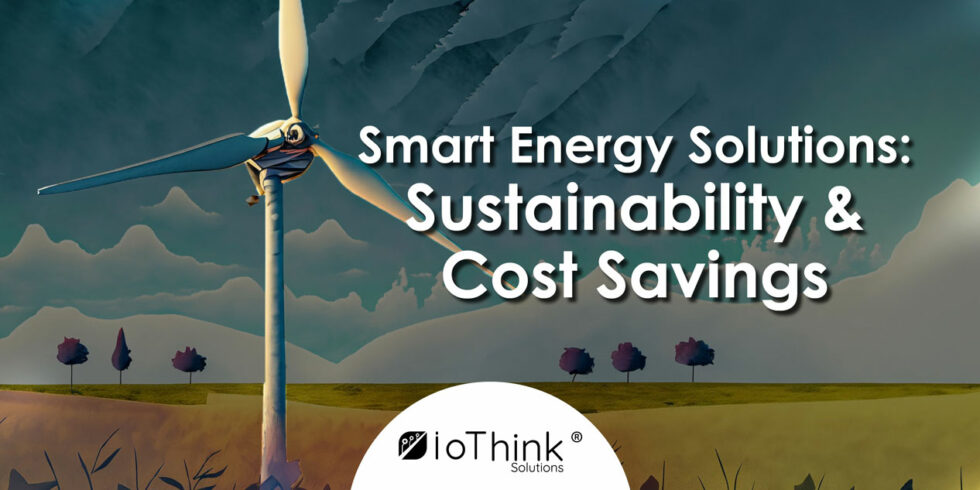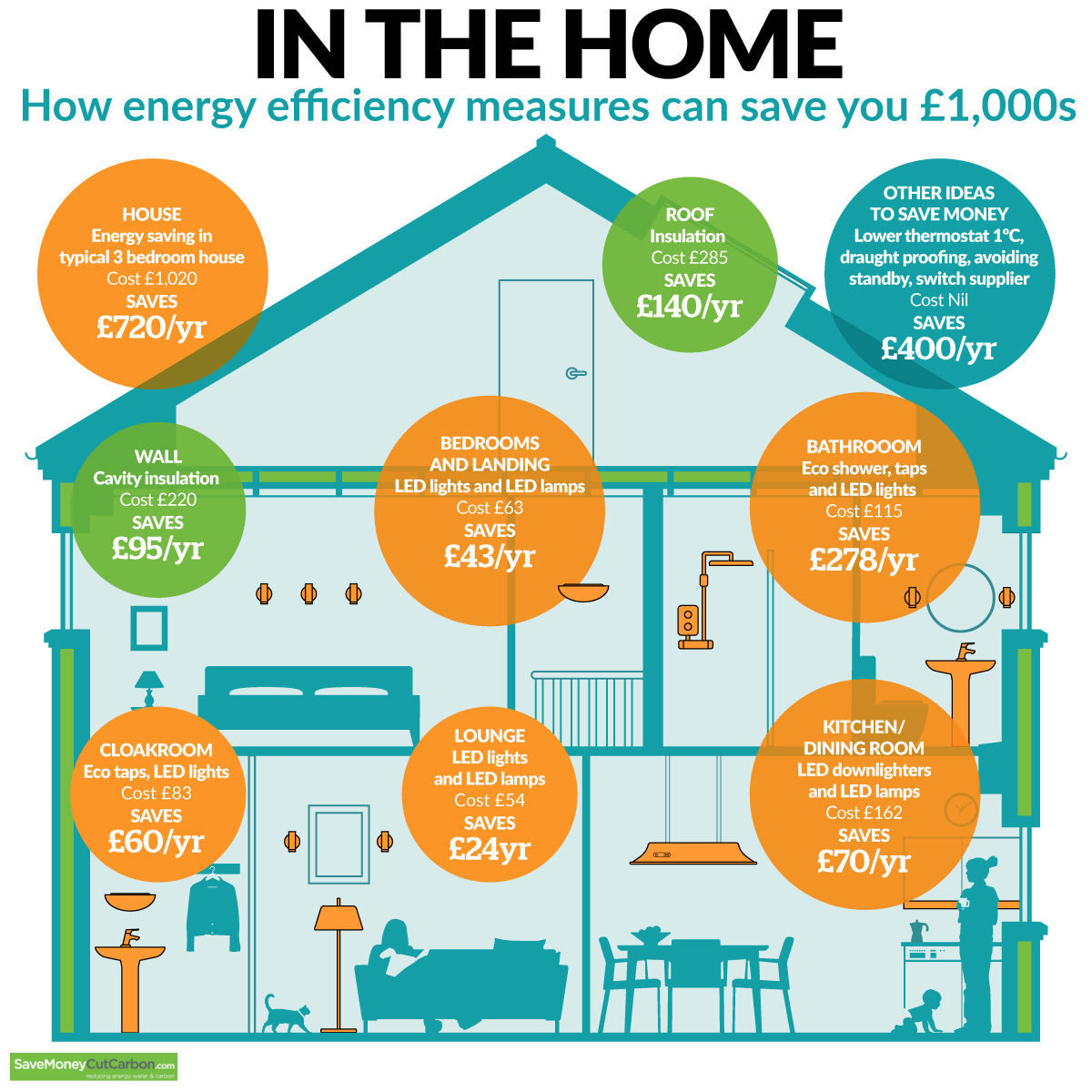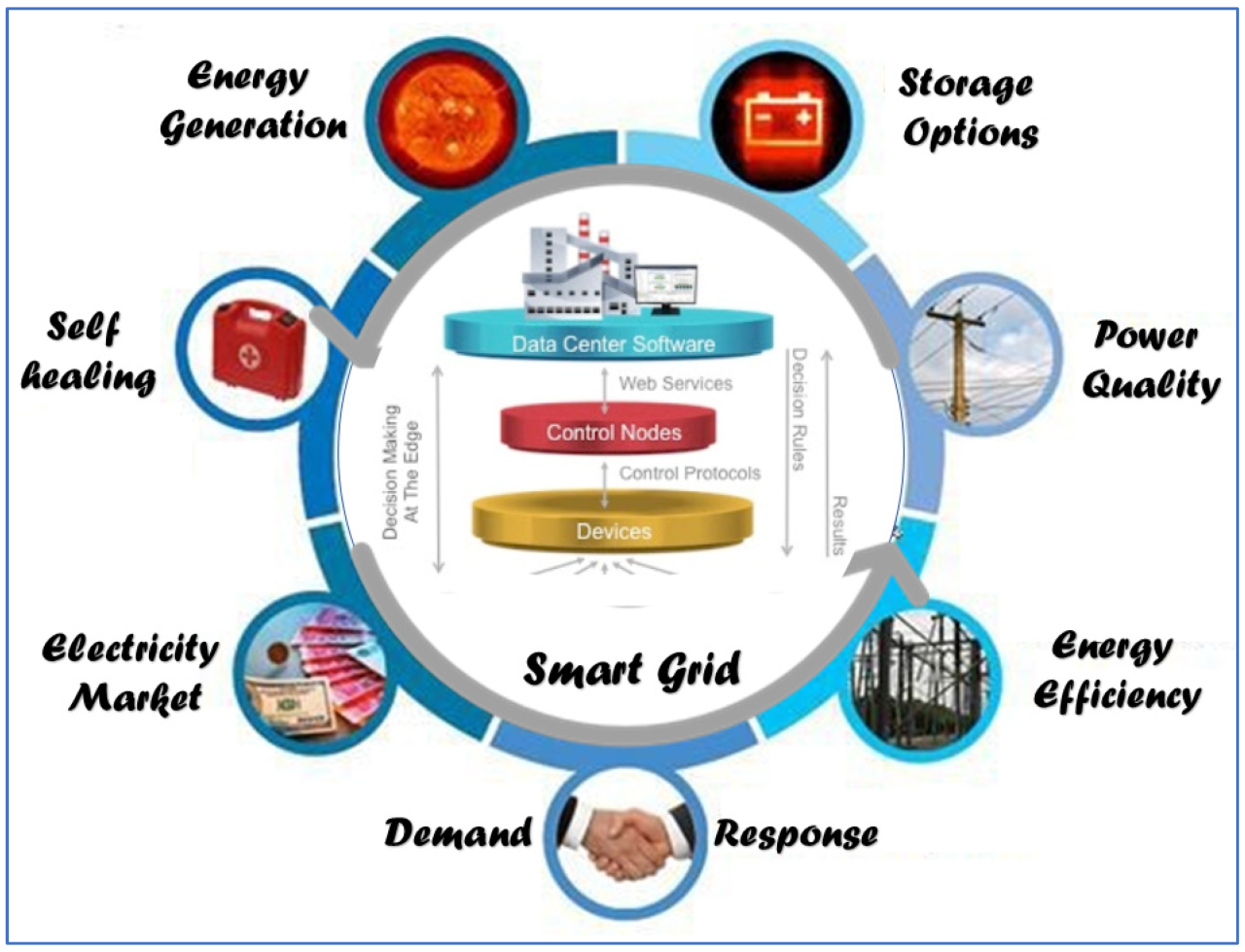Exploring the realm of Smart GEP and its impact on energy costs unveils a fascinating journey into innovative solutions for efficiency. As we delve into the intricacies of Smart GEP technology, a world of possibilities opens up to showcase how it revolutionizes energy consumption and savings.
Detailing the steps and strategies behind Smart GEP’s ability to cut down on energy expenses, we uncover a realm of practicality and sustainability that promises a brighter, more cost-effective future.
Overview of Smart GEP Energy Saving
Smart GEP technology focuses on optimizing energy consumption by using smart devices and systems to reduce energy costs. These innovative solutions help in efficiently managing energy usage, leading to significant savings for individuals and businesses.
Smart Devices and Methods for Energy Savings
- Smart Thermostats: These devices adjust the temperature based on occupancy and preferences, saving energy when no one is present.
- LED Lighting: Energy-efficient LED bulbs consume less power than traditional incandescent bulbs, reducing electricity bills.
- Smart Power Strips: These strips automatically cut power to devices in standby mode, preventing energy wastage.
- Energy Monitoring Systems: These systems track energy usage in real-time, allowing users to identify areas for improvement and reduce unnecessary consumption.
Benefits of Smart GEP for Energy Cost Reduction
Implementing Smart GEP offers various advantages in reducing energy expenses. By optimizing energy consumption, Smart GEP solutions effectively lower costs compared to traditional energy usage methods.
Efficient Energy Consumption
Smart GEP systems are designed to monitor and manage energy usage in real-time, allowing for better control and optimization. By analyzing data and adjusting energy consumption based on demand, these systems ensure that energy is used efficiently, leading to significant cost savings.
Cost-Effectiveness
In comparison to traditional energy usage, Smart GEP solutions are more cost-effective in the long run. The ability to identify areas of inefficiency and implement targeted improvements results in reduced energy waste and lower utility bills. Additionally, the predictive maintenance capabilities of Smart GEP help prevent costly breakdowns and repairs, further contributing to cost savings.
Integration of Renewable Energy Sources
Smart GEP systems can seamlessly integrate renewable energy sources such as solar or wind power. By optimizing the use of these clean energy alternatives, businesses can reduce their reliance on traditional grid power, leading to both environmental benefits and cost reductions.
Data-Driven Decision Making
With Smart GEP, businesses have access to detailed energy consumption data and analytics. This information allows for informed decision-making regarding energy usage, enabling companies to implement strategies that further drive down costs and improve overall efficiency.
Implementation of Smart GEP Systems

Implementing Smart GEP systems is a strategic process that involves several key steps to ensure optimal energy cost savings.
Setting up Smart GEP Systems
When setting up Smart GEP systems, the following steps are typically involved:
- Conducting an energy audit to identify areas of high energy consumption.
- Choosing the right Smart GEP technology based on the specific needs and requirements of the building or facility.
- Installing the selected Smart GEP devices, such as smart meters, sensors, and automation systems.
- Configuring the Smart GEP technology to monitor and control energy usage effectively.
- Training staff on how to use and interpret data from the Smart GEP systems for optimized energy management.
Integrating Smart GEP Technology into Existing Energy Infrastructure
Integrating Smart GEP technology into existing energy infrastructure requires a seamless transition to ensure compatibility and efficiency. Here’s a guide on how to do it:
- Evaluate the current energy infrastructure to determine how Smart GEP technology can be integrated without disrupting operations.
- Work with experienced professionals to assess the compatibility of Smart GEP systems with existing equipment and software.
- Develop a detailed integration plan that Artikels the steps, timeline, and resources needed to incorporate Smart GEP technology smoothly.
- Test the integration process thoroughly to identify any issues and make necessary adjustments before fully implementing Smart GEP systems.
Scalability of Smart GEP Solutions
Smart GEP solutions are highly scalable and can be adapted to different types of buildings or facilities. Here’s how the scalability works:
Smart GEP systems can be customized to meet the specific energy management needs of small residential buildings, large commercial complexes, industrial facilities, and even entire smart cities.
- For smaller buildings, a basic Smart GEP setup with energy monitoring capabilities may suffice to reduce costs.
- Larger facilities may require more advanced Smart GEP technologies, such as demand response systems and predictive analytics, to achieve significant energy savings.
- The modular design of Smart GEP solutions allows for easy scalability and expansion as energy management needs evolve over time.
Monitoring and Maintenance of Smart GEP

Regular monitoring and maintenance are crucial aspects of maximizing energy savings with Smart GEP systems. By consistently tracking energy consumption and ensuring that the systems are functioning optimally, businesses can effectively reduce costs and improve efficiency.
Tools and Software for Monitoring Energy Consumption
- Smart Meters: These devices provide real-time data on energy usage, allowing businesses to identify patterns and adjust consumption accordingly.
- Energy Management Software: This software analyzes data from smart meters and other sources to generate reports, identify trends, and recommend energy-saving strategies.
- Remote Monitoring Systems: These systems allow for off-site monitoring of Smart GEP systems, enabling timely intervention and troubleshooting.
Best Practices for Long-Term Efficiency
- Regular Inspections: Conduct routine inspections of Smart GEP systems to identify any issues or inefficiencies.
- Staff Training: Ensure that personnel are trained to operate and maintain Smart GEP systems effectively.
- Data Analysis: Regularly analyze energy consumption data to identify areas for improvement and implement energy-saving measures.
- Proactive Maintenance: Implement a proactive maintenance schedule to address potential issues before they escalate.
Last Recap

In conclusion, the discussion on how Smart GEP saves energy costs encapsulates a paradigm shift in how we approach energy efficiency and financial savings. With a focus on optimization, innovation, and long-term benefits, Smart GEP emerges as a beacon of hope for a greener and more economically viable tomorrow.
FAQ Overview
How can Smart GEP technology help reduce energy costs?
Smart GEP technology optimizes energy consumption by using advanced algorithms and automation to ensure efficient operation of devices and systems.
What are some common devices or methods used in Smart GEP for energy savings?
Examples include smart thermostats, energy-efficient lighting systems, and automated HVAC controls that adjust based on usage patterns.
Why is regular monitoring and maintenance important for Smart GEP systems?
Regular monitoring and maintenance help maximize energy savings by identifying inefficiencies or malfunctions that could lead to increased costs.